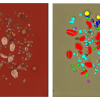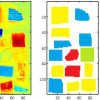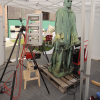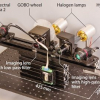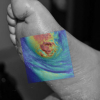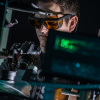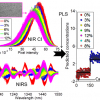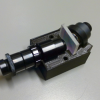
Professor Debra Laefer from New York University’s Center for Urban Science and Progress (CUSP), in collaboration with Professor Aoife Gowen and Zohreh Zahiri from University College Dublin, recently demonstrated for the first time the ability to use hyperspectral imaging to characterise differing strengths within a single type of construction material. With proper post-processing of the data, hyperspectral imaging can automatically and reliably detect weak from strong hardened concrete and normally fired bricks. All of this is done without any destructive testing or direct contact with the materials. The concrete results were published in Construction and Building Materials and the brick ones in the International Journal of Architectural Heritage.
Hyperspectral imaging has the potential to help civil engineers and developers rapidly analyse the integrity of construction materials and assist with the documentation, preservation and restoration of historical structures, as well as the asset management of our infrastructure. It can have a significant impact on architectural conservation by providing a non-destructive means for safety and serviceability assessments of existing building materials.
“Previous studies have shown the ability to use hyperspectral imaging to correctly distinguish between different materials, such as wood or steel. Our team was able to use the same technology to collect information that enables distinguishing the strength within a single material without touching it or destroying it”, said Professor Laefer. “After further study, we believe this technology can be successfully deployed from the air or autonomous vehicles to characterise building materials at a city-scale, thereby avoiding the need for scaffolding and destructive testing during building façade inspections and other assessments.”


